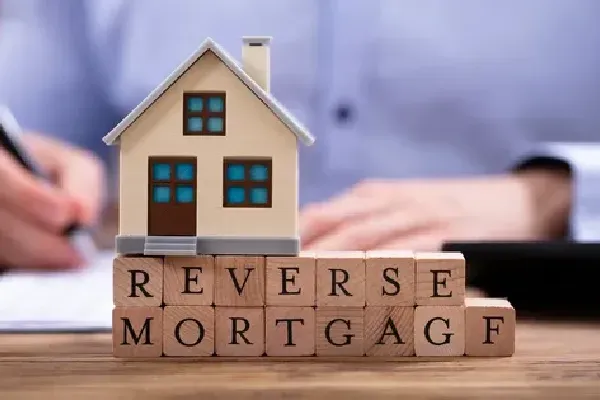
An Overview of Reverse Mortgages
An Overview of Reverse Mortgages

If you own a home, you know mortgage products have evolved beyond the basic 30-year fixed option. One such product is the reverse mortgage. Here is an overview.
An Overview of Reverse Mortgages
A typical mortgage involves a lender providing you with a lump sum to purchase real estate. In return, you agree to repay the loan in monthly installments over a set period at a specific interest rate. The term length and interest rate, whether fixed or adjustable, determine your monthly payment amount.
A reverse mortgage operates similarly but in reverse. With the baby boomer generation entering retirement, many own homes with substantial equity. However, this equity is not liquid—it can't be accessed directly like cash in a bank account. Traditionally, the primary way to convert this equity into cash was by selling the property and downsizing, thereby pocketing the difference in cash.
Many people, however, are emotionally attached to their homes. A significant portion of their lives, including raising families, may have unfolded there, making it emotionally challenging to sell. Additionally, tax implications can reduce the cash received from the sale. The logistics of moving accumulated possessions over 15 to 30 years also make selling an unappealing option.
Recognizing this issue, lenders have developed the reverse mortgage. This product allows homeowners to convert their home equity into tax-free cash without assuming a monthly repayment obligation. There is no need to sell the home, endure the moving process, or make monthly payments to a lender.
How Reverse Mortgages Work
A reverse mortgage is named for its payment process. Unlike traditional home loans where you make payments to a lender, with a reverse mortgage, the lender makes payments to you. These payments can be structured as a lifetime monthly payment, a lump sum, or a line of credit. However, lump sums are generally not recommended, as home equity is typically your largest asset and should be handled with caution.
The amount available through a reverse mortgage depends on several factors, including your age, current interest rates, the appraised value of your home, and the equity you have in it.
Benefits and Considerations
For many, reverse mortgage options are appealing, especially due to the tax-free nature of the payments. This financial tool can provide significant benefits for retirees looking to supplement their income without leaving their long-time homes. However, it's crucial to fully understand the terms and implications of a reverse mortgage to ensure it aligns with your financial goals and needs.
